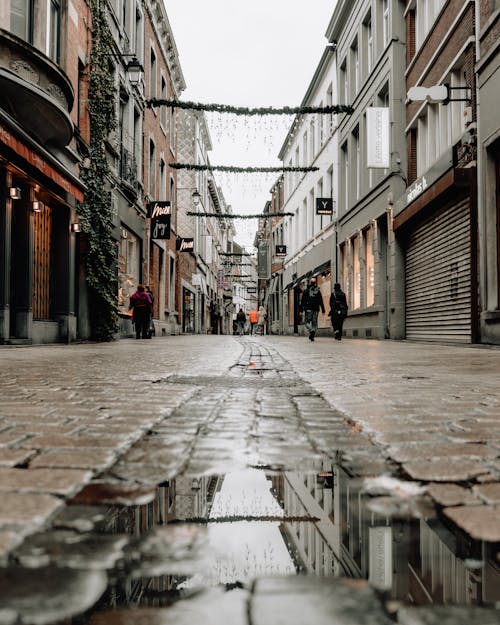Unknown Facts About Framing Streets
Unknown Facts About Framing Streets
Blog Article
9 Easy Facts About Framing Streets Explained
Table of ContentsSome Known Details About Framing Streets The Only Guide to Framing StreetsFraming Streets Can Be Fun For AnyoneNot known Factual Statements About Framing Streets

Both at the Gallery of Modern Art (Mo, MA). Inspired by Frank, in the 1960s Garry Winogrand, Lee Friedlander and Joel Meyerowitz started photographing on the streets of New york city. Phil Coomes, writing for BBC News in 2013, claimed "For those people curious about road digital photography there are a few names that stand apart and among those is Garry Winogrand"; critic Sean O'Hagan, creating in in 2014, stated "In the 1960s and 70s, he specified street digital photography as an attitude along with a style and it has laboured in his darkness since, so conclusive are his photographs of New york city." Going back to the UK in 1965 from the US where he had actually met Winogrand and embraced road digital photography, Tony Ray-Jones turned a wry eye on typically unique groupings of British people on their vacations or participating in celebrations.
Street digital photography is a huge genre that can be specified in lots of ways, however it is typically identified by the spontaneous capturing of an unrepeatable, short lived minute, usually of the everyday going-ons of strangers. It is typically shot with bigger angle lenses (e. g. 35mm) and typically features city environments.
An Unbiased View of Framing Streets
Documentary professional photographers generally have a defined, premeditated message and an intention to videotape specific events in background (https://www.gaiaonline.com/profiles/framingstreets1/46535055/). The gamut of the documentary technique incorporates facets of journalism, art, education and learning, sociology and background. In social examination, docudrama photos are often intended to prompt, or to highlight the demand for, social adjustment
Road digital photography is normally seen as unposed and candid, but there are a few road photographers that connect with unfamiliar people on the roads and take their portraits. Street pictures are unintended pictures taken of complete strangers while out doing street digital photography, however they are viewed as postured due to the fact that there is communication with the subject.
e. 'candid digital photography' necessarily) for art functions has been controversial. Photographing individuals and locations in public is legal in a lot of countries shielding civil liberty and journalistic flexibility. There are usually limits on exactly how photos of individuals may be used and most nations have certain laws concerning individuals's privacy.
Fascination About Framing Streets
Of flexibility of expression. While likewise limiting photography in order to protect personal privacy legal rights, road photography can still be lawful in France when gone after as an art form under certain circumstances.

. who simply wandered right into a scene), or who are not also identifiable in the picture. https://gravatar.com/davidturley33101. It additionally does not normally encompass people who are somebodies (e. g - photography presets. politicians or celebrities). If an image is taken into consideration art, the courts will additionally take into consideration the digital photographer's flexibility of artistic expression; indicating that "artful" road photography can still be legitimately published in particular situations
About Framing Streets
In Greece the right to take photos and release them or sell licensing civil liberties over them as fine art or editorial web content is protected by the Constitution of Greece (Post 14 and various other posts) and free speech legislations along with by case legislation and lawful instances. Photographing the authorities and publishing the pictures is also legal.
In Hungary, from 15 March 2014 any individual taking photos is practically damaging the legislation if somebody wanders into shot, under a brand-new civil code that disallows taking photos without the authorization of everybody in the photograph - Street photography. This expands the regulation on authorization to include the taking of photographs, along with their magazine
'Covert photography' (kakushidori concealed, surreptitious digital photography) 'taken photography' (nusumitori without purpose of getting permission) and "rapid digital photography' (hayayori before consent and rejection can be provided) are forbidden unless in the previous permission is acquired from the subject right away after taking the photo. Individuals have legal rights to their images (shzken, droit de picture).
Report this page